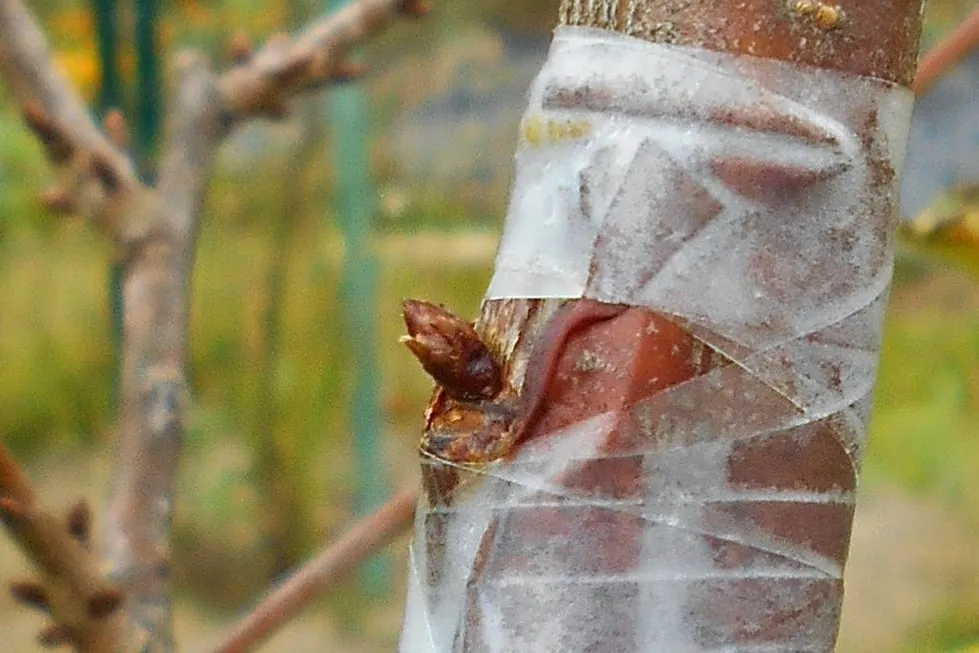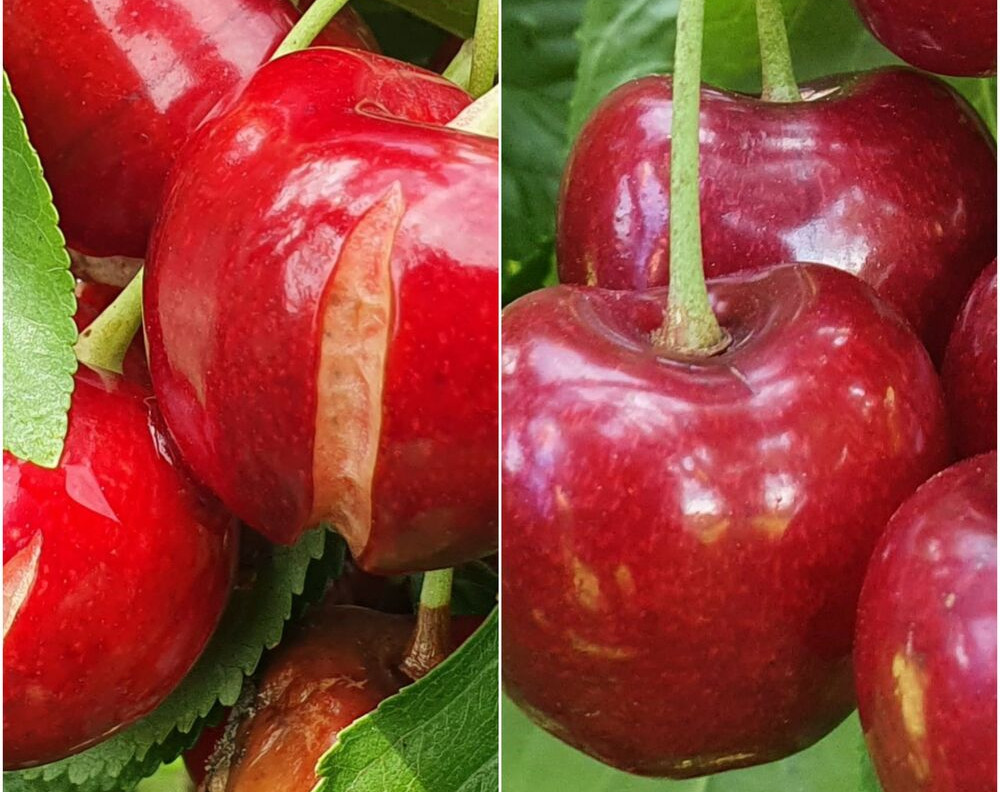Unlike seed propagation, which introduces genetic variation, vegetative propagation methods such as bud grafting allow for the faithful replication of desired cultivars, preserving their original characteristics.
The rootstock influences the tree's vigor, root development, soil disease resistance, and adaptation to various soil and climatic conditions, while the grafted variety determines the fruit's commercial value.
A successful union between rootstock and scion results in stronger, more productive plants. Grafting involves joining a scion (a bud or shoot from a selected variety) to a compatible rootstock, allowing them to fuse and grow together as a single plant.
This technique ensures efficient transport of water and nutrients once the vascular tissues of the two parts have successfully healed.

Vegetative propagation in cherry
Vegetative propagation is particularly important in cherry cultivation, as cherry cultivars are highly heterozygous, which leads to significant genetic variability in seed-grown plants.
For this reason, clonal propagation through budding is used to ensure uniformity and preserve desired traits.
Research conducted at the RHR & TS center in Mashobra, near the city of Shimla, India, aimed to identify the most effective budding grafting period and technique to achieve the highest success rate.
The study sought to determine the most suitable timing and method for the commercial propagation of sweet cherry.
Experimental methods and treatments
Experiments were carried out during the years 2017–18 and 2018–19. To analyze the optimal conditions for graft, take and growth, a field trial was conducted using sweet cherry plants grown on raised beds.
The research evaluated four budding techniques—T-budding, chip budding, ring budding, and patch budding—as main treatments, and five different dates—May 15, June 15, July 15, August 15, and September 15—as secondary treatments.
Results showed that among the four techniques analyzed, chip budding had the highest success rate, with a graft take of 49.24%.
This technique also recorded the shortest time to bud sprouting (77 days), the highest sprouting rate (69.00%), the greatest linear growth of the scion (69.76 cm), the highest number of leaves (69), the largest leaf area (25.16 cm²), and the highest percentage of marketable plants (61.58%).
Optimal timing for grafting
Among the different grafting dates, May 15 yielded the best results in terms of graft take (65.84%), with significant values also in bud sprouting rate (69.41%), linear growth (64.80 cm), and leaf area (22.82 cm²).
The study thus demonstrated that chip budding performed between May 15 and May 30 is the most effective method for sweet cherry propagation in Himachal Pradesh, ensuring optimal growth and high commercial profitability.
Source: Pooja Kumari, Rahul Nadda, Madhurjit Singh Rathore, Sajan Sharma. Evaluation of Budding Techniques in Sweet Cherry (Prunus avium L): Timing and Success. International Journal of Plant & Soil Science, 2025, 37 (7), pp.408-422. ⟨hal-05162175⟩
Image source:Daniel's Pacific NW Garden
Melissa Venturi
University of Bologna (IT)
Cherry Times - All rights reserved












